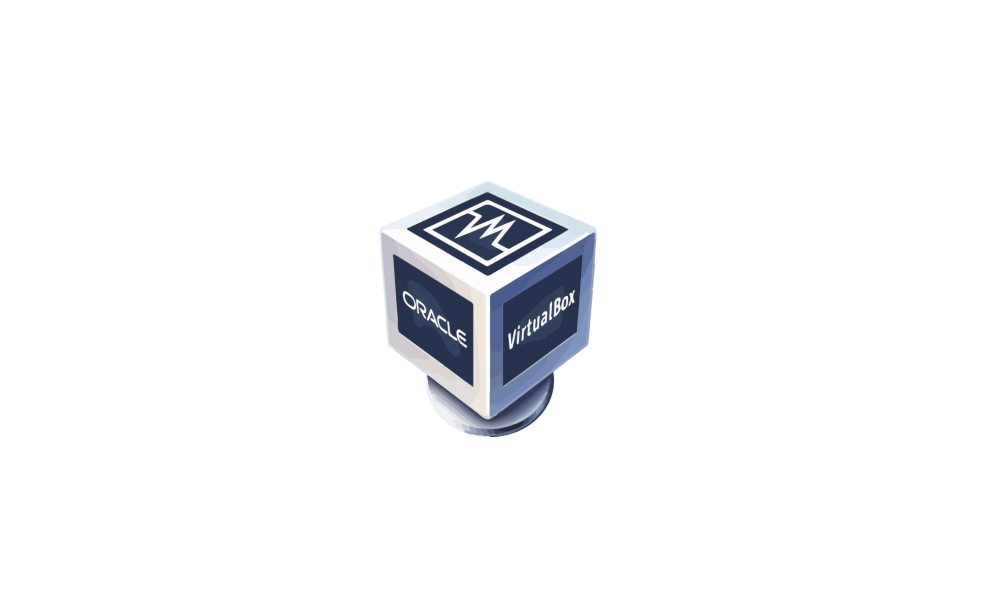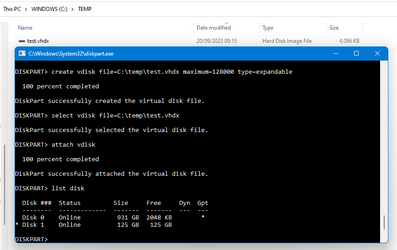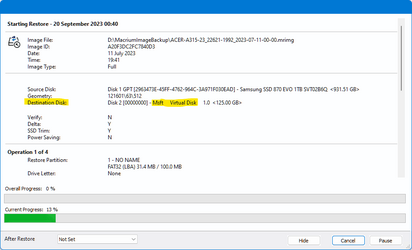I would like to boot into Macrium Recovery on my USB HDD and then run mrauto.exe in a batch file but I can't get it to work.
I have mrauto.exe and my batch file in F:\ which is the USB HDD
This is what I put in the batch file
mrauto.exe -b F:\Acer Swift 1 -t full 1:1,1:2,1:3
This works within Windows when mrauto and my batch file are on C:\ drive, but does not work in MR recovery
Except is creates a folder called Acer and names the backup Swift! I can live with that.
I have mrauto.exe and my batch file in F:\ which is the USB HDD
This is what I put in the batch file
mrauto.exe -b F:\Acer Swift 1 -t full 1:1,1:2,1:3
This works within Windows when mrauto and my batch file are on C:\ drive, but does not work in MR recovery
Except is creates a folder called Acer and names the backup Swift! I can live with that.
My Computers
System One System Two
-
- OS
- Windows 11 Pro 24H2 26100.2894
- Computer type
- Laptop
- Manufacturer/Model
- Acer Swift SF114-34
- CPU
- Pentium Silver N6000 1.10GHz
- Memory
- 4GB
- Screen Resolution
- 1920 x 1080
- Hard Drives
- SSD
- Cooling
- fanless
- Internet Speed
- 150 Mbps
- Browser
- Brave
- Antivirus
- Webroot Secure Anywhere
- Other Info
- System 3
ASUS T100TA Transformer
Processor Intel Atom Z3740 @ 1.33GHz
Installed RAM 2.00 GB (1.89 GB usable)
System type 32-bit operating system, x64-based processor
Edition Windows 10 Home
Version 22H2 build 19045.3570
-
- Operating System
- Windows 11 Pro 23H2 22631.2506
- Computer type
- Laptop
- Manufacturer/Model
- HP Mini 210-1090NR PC (bought in late 2009!)
- CPU
- Atom N450 1.66GHz
- Memory
- 2GB
- Browser
- Brave
- Antivirus
- Webroot










